Finally, time to share about my country number 85 Suriname, the only country in South America where locals speak Dutch and not Spanish! So if you are after some insight and a Paramaribo itinerary for 3 days continue reading. And as some of you know, I’m on a quest to visit all UN – recognized countries. Your support in sharing my blog posts or socials means the world to me! So why 3 days only? Details below.
Paramaribo, the capital of Suriname, is a city that blends colonial history with vibrant cultural diversity. Located on the northern coast of South America, Suriname is known for its pristine rainforests, diverse wildlife, and fascinating blend of cultures. Whether you are backpacking in Paramaribo or luxury traveling, this capital city offers a unique experience, allowing travellers to immerse themselves in the rich history, explore the natural beauty of the surrounding area, and interact with the friendly locals.
I have written the Paramaribo travel tips after the itinerary below, hope it helps.
Paramaribo itinerary & Travel Tips
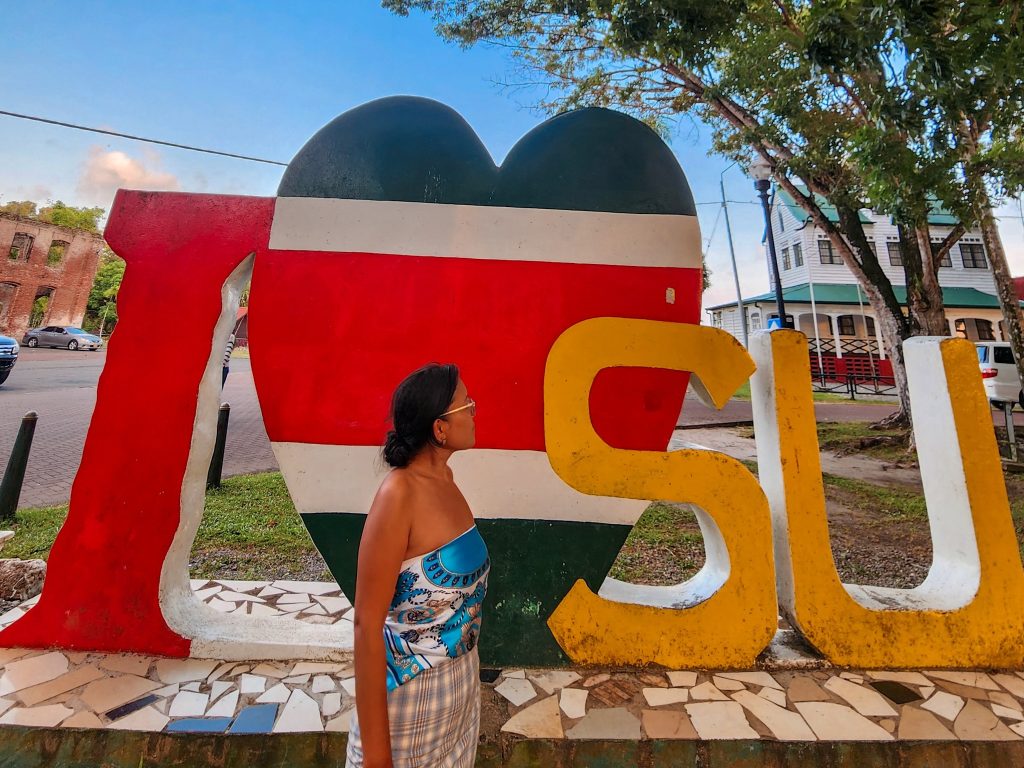

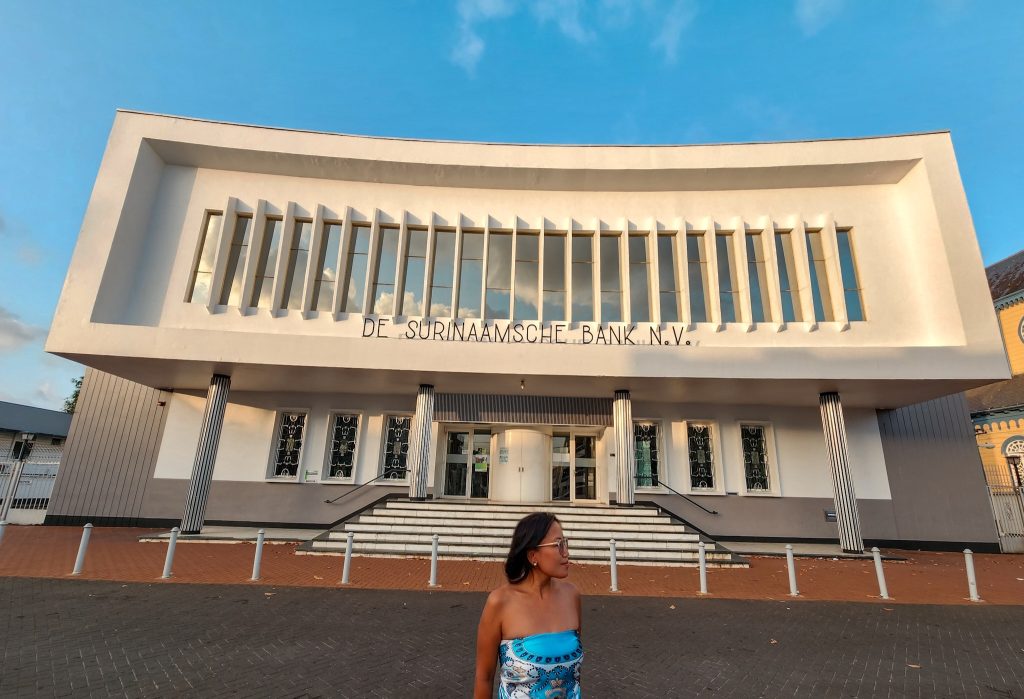
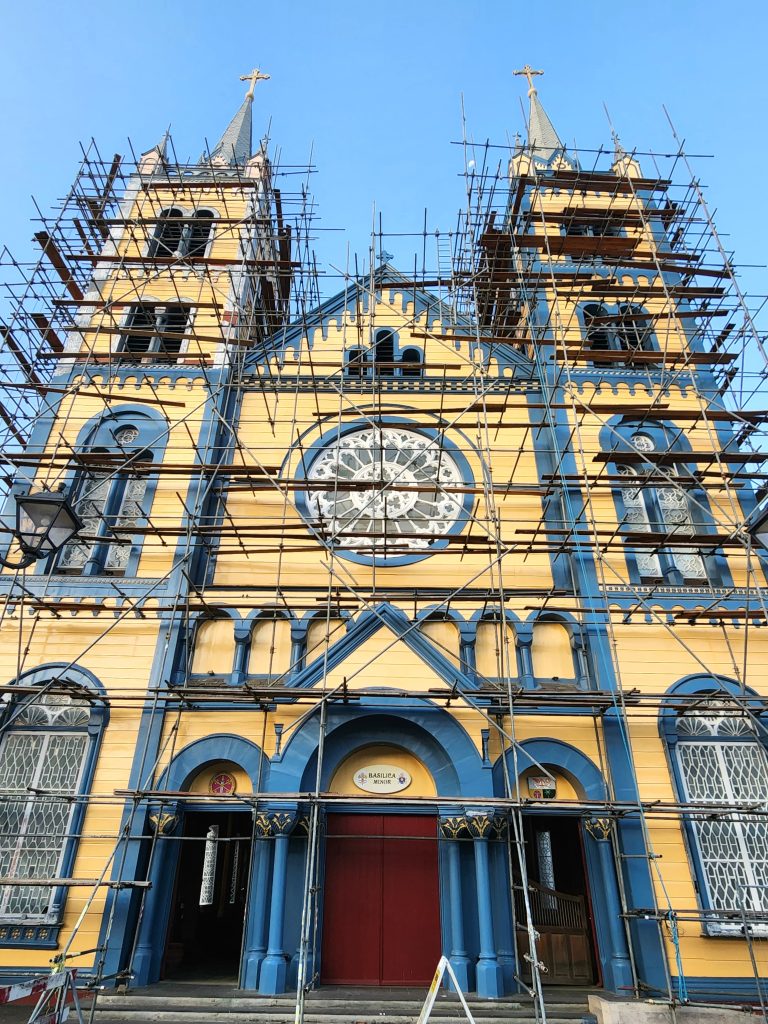

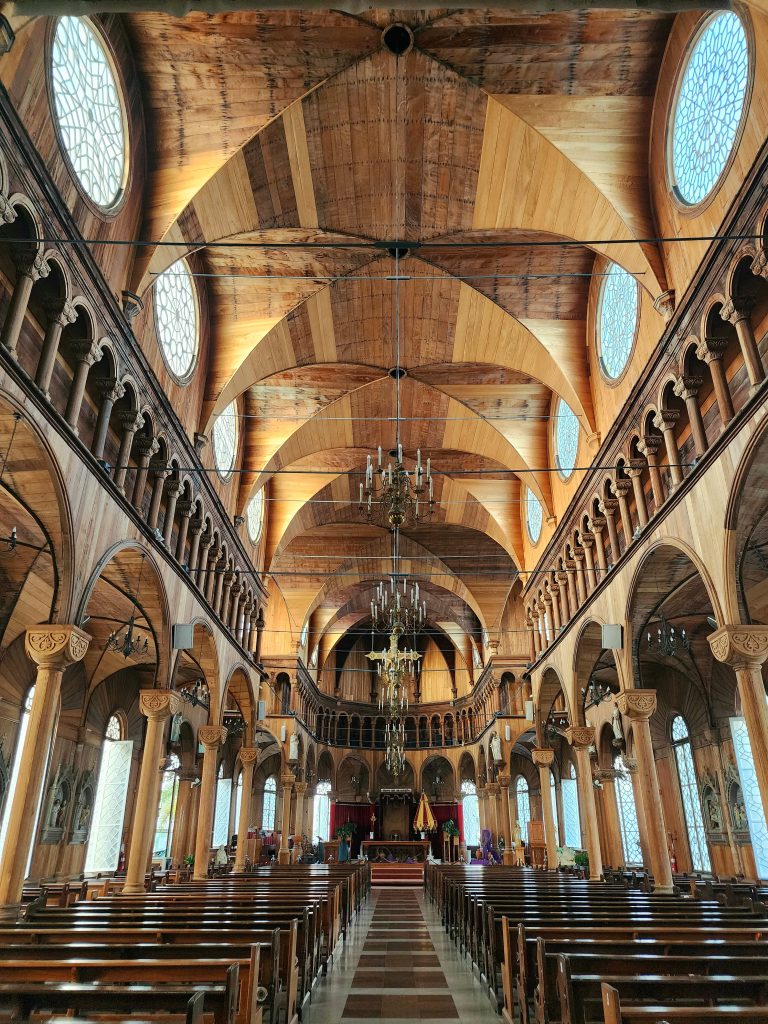
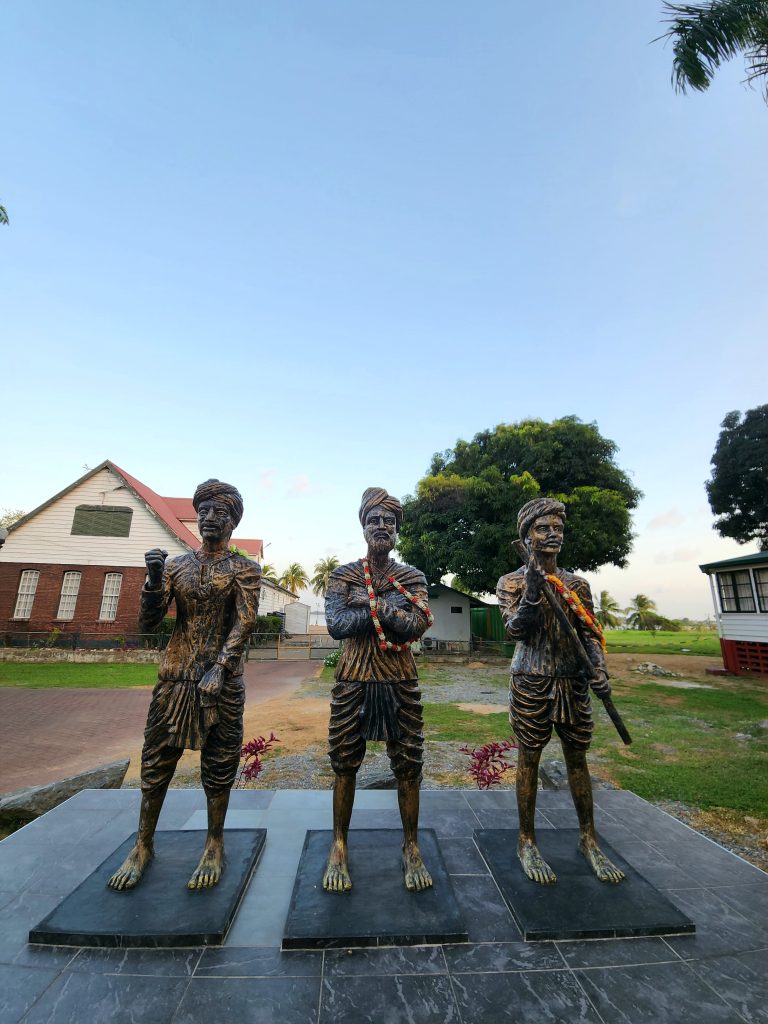
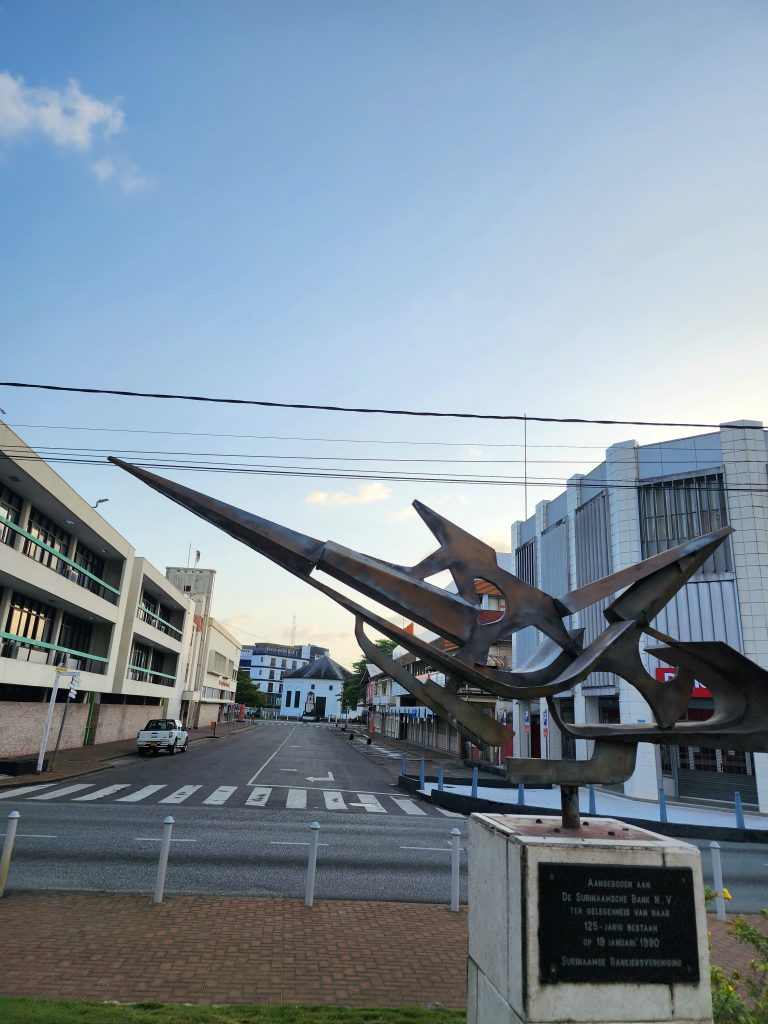

Day 1: Exploring Paramaribo
- Morning: Visit the Central Market (Centrale Markt) to experience local life and sample Surinamese street food. market near
- Midday: Explore the historic inner city, a UNESCO World Heritage Site, including the iconic wooden St. Peter and Paul Cathedral and the Presidential Palace.
- Afternoon: Visit Fort Zeelandia to learn about Suriname’s colonial history at the Suriname Museum and watch the sunsets from the port.
- Evening: Enjoy dinner at a local restaurant and stroll along Waterkant Street to experience the vibrant nightlife along the Suriname River.
Day 2: Day Trip to French Guiana

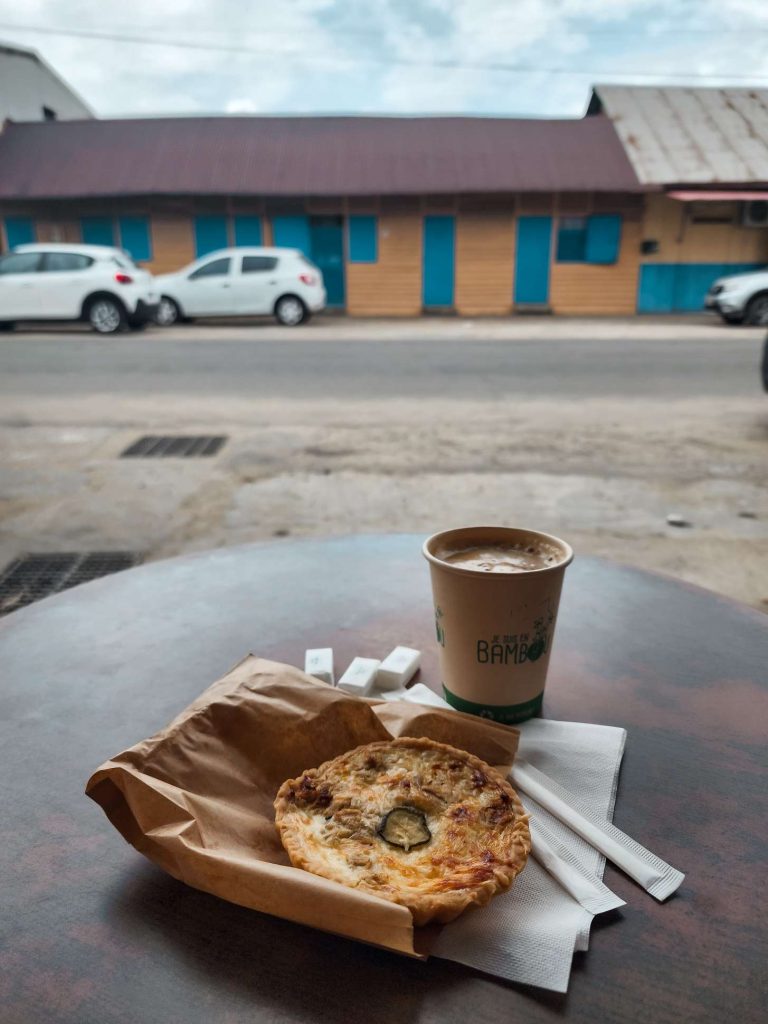

Details here – French Guiana Tour Day Trip
- Early morning: Depart for French Guiana, crossing the Maroni River by boat.
- Morning: Visit Saint-Laurent-du-Maroni and explore its historic sites, such as the Camp de la Transportation, a former penal colony.
- Midday: Enjoy lunch at a local restaurant in Saint-Laurent-du-Maroni.
- Afternoon: Visit the nearby villages or explore the natural beauty of the area.
- Evening: Return to Paramaribo in the evening.
Day 3: Eco Adventure in the Nearby Jungle
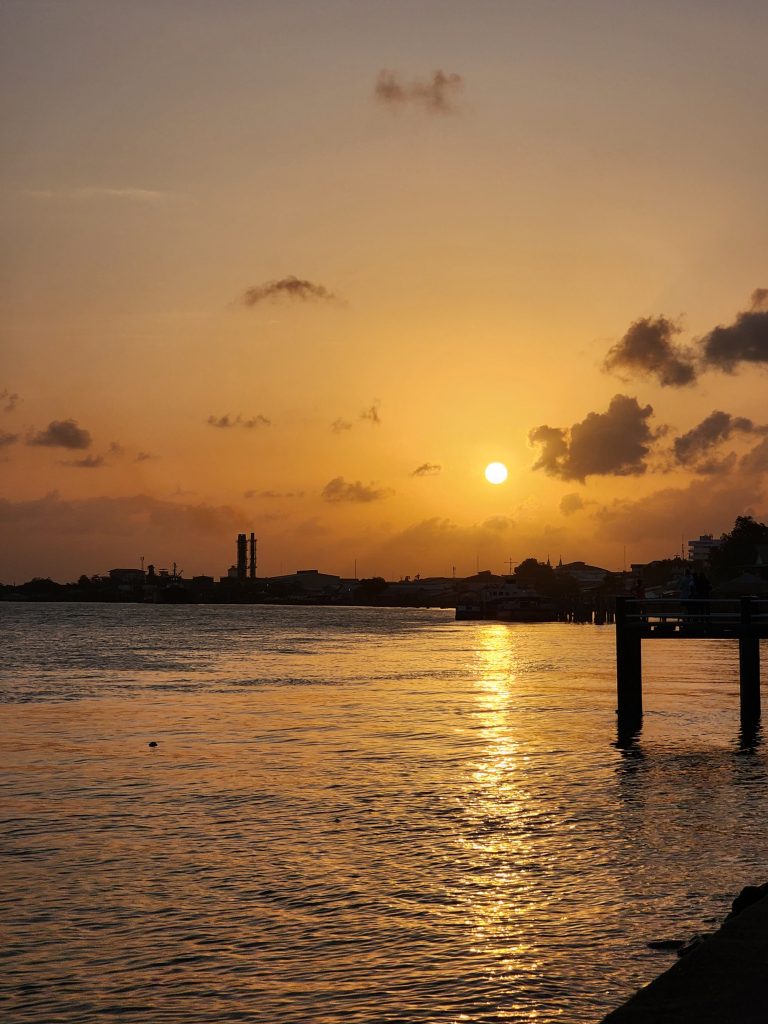
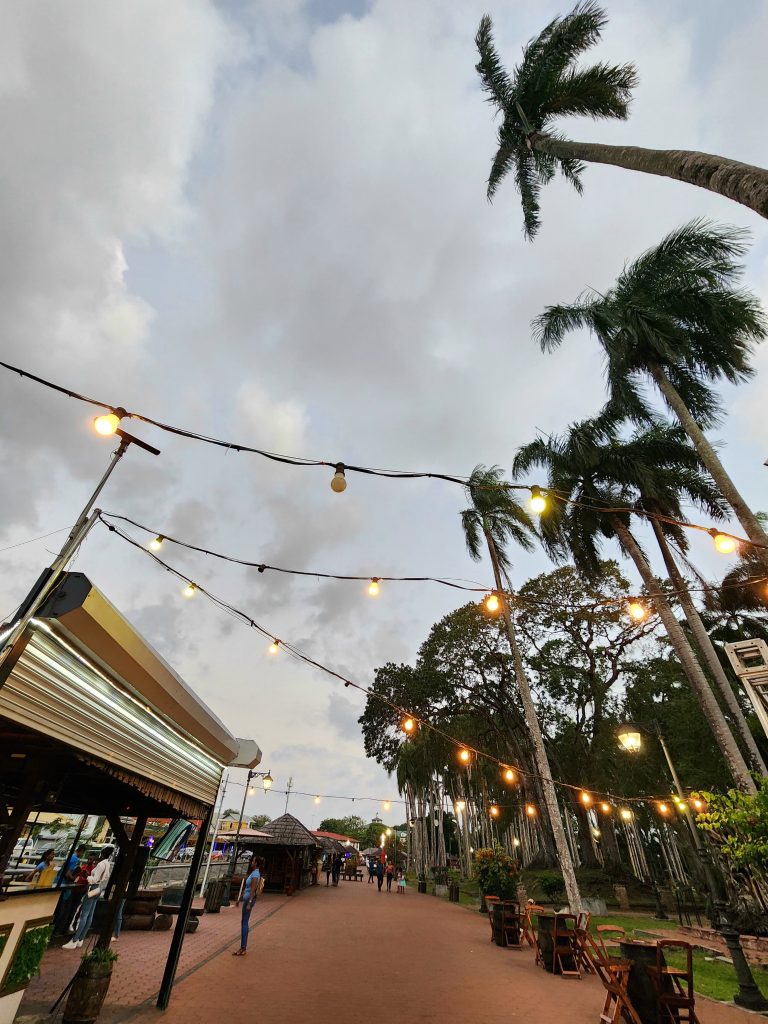
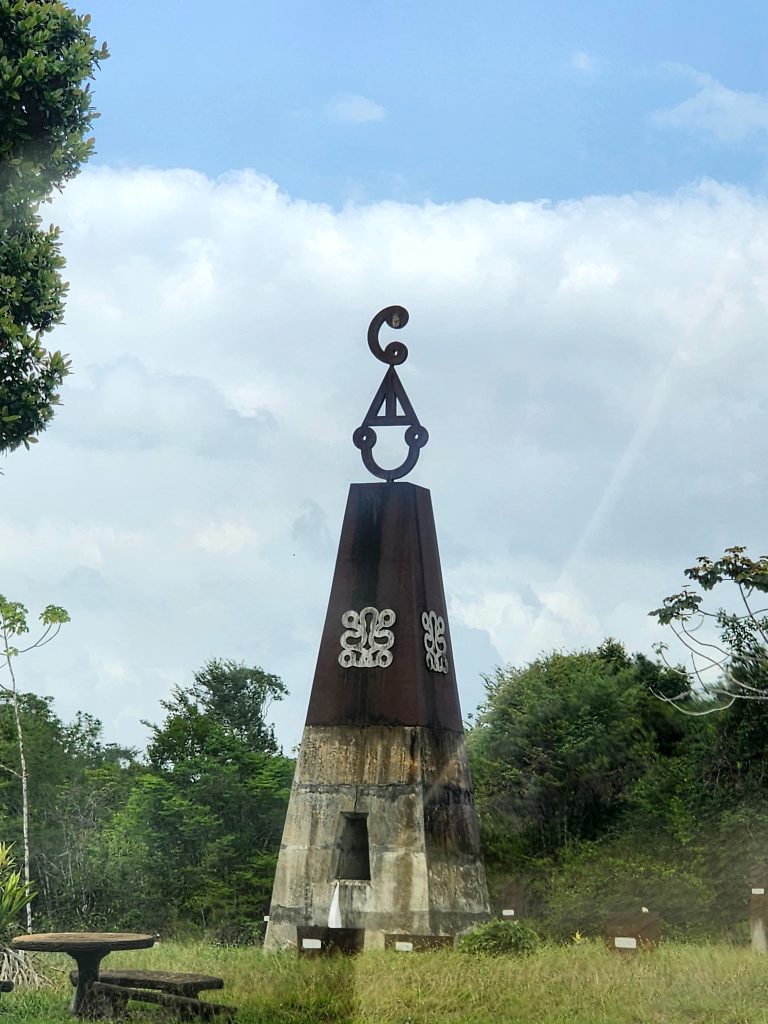
- Morning: Depart for a day trip to the nearby jungle, such as Brownsberg Nature Park or Peperpot Nature Park.
- Midday: Enjoy a picnic lunch in the jungle.
- Afternoon: Explore the jungle trails, go birdwatching, or take a dip in a waterfall.
- Evening: Return to Paramaribo in the evening, relax, and reflect on your eco-adventure.
This itinerary offers a mix of cultural exploration in Paramaribo, a glimpse into the neighboring French Guiana, and a nature escape in Suriname’s lush jungle.
Extending your stay in Paramaribo allows you to delve deeper into the country’s culture, history, and natural beauty.
Here are some ways you can extend your stay:
- Explore More of Paramaribo: Spend more time exploring the historic inner city, visit museums and art galleries, and immerse yourself in the local culture by attending festivals and events.
- Take Day Trips: Take day trips from Paramaribo to nearby attractions such as Brownsberg Nature Reserve, Peperpot Nature Park, or the Jodensavanne (Jewish Savannah) to explore the natural beauty, experience staying in a jungle lodge and history of Suriname.
- Visit Maroon Villages: Experience the unique culture of the Maroon communities by visiting villages such as Danpaati or Palumeu, where you can learn about their traditions, music, and way of life.
- Go on Jungle Tours: Embark on multi-day jungle tours to explore the pristine rainforests of Suriname, and bird species, where you can hike, canoe, and spot wildlife in their natural habitat.
- Relax in Nature: Spend time relaxing on the beaches of Galibi or along the Suriname River, where you can enjoy the peaceful surroundings and beautiful scenery.
- Learn Surinamese Cuisine: Take a cooking class to learn how to prepare traditional Surinamese dishes such as pom, roti, and moksi meti, and sample local flavors at different restaurants and markets.
- Engage in Community Tourism: Stay with local families or in eco-lodges to experience authentic Surinamese hospitality and learn about daily life in rural communities.
- Volunteer: Consider volunteering with local organizations or conservation projects to contribute to the local community and environment during your stay.
Paramaribo Itinerary Travel Tips:
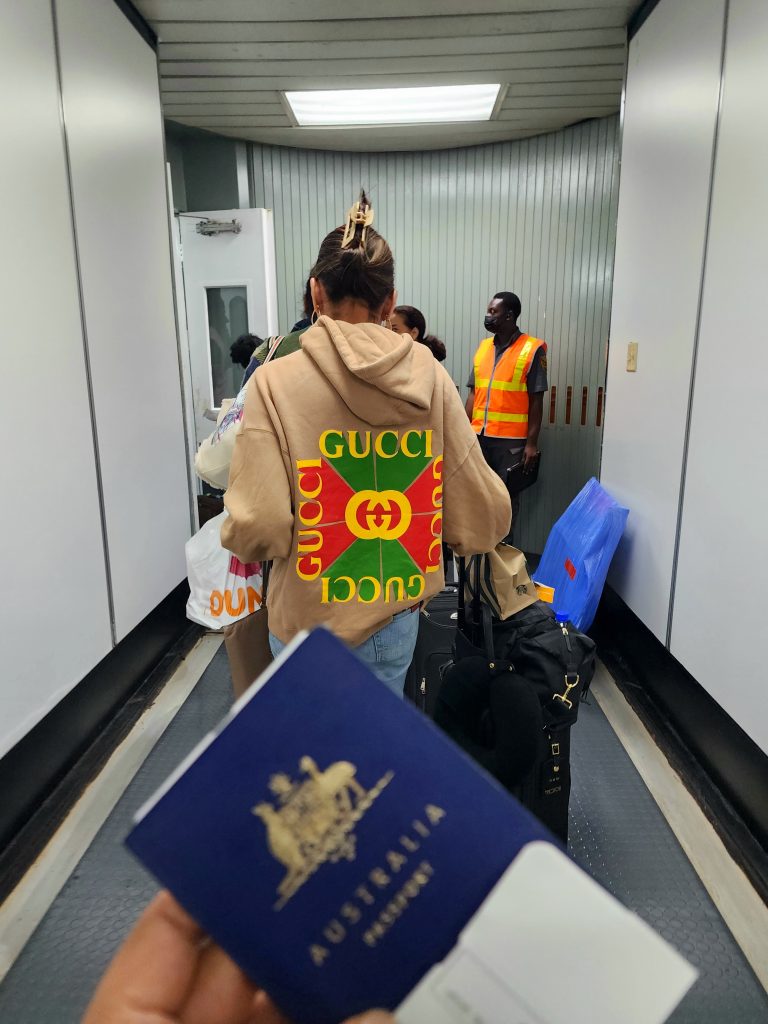

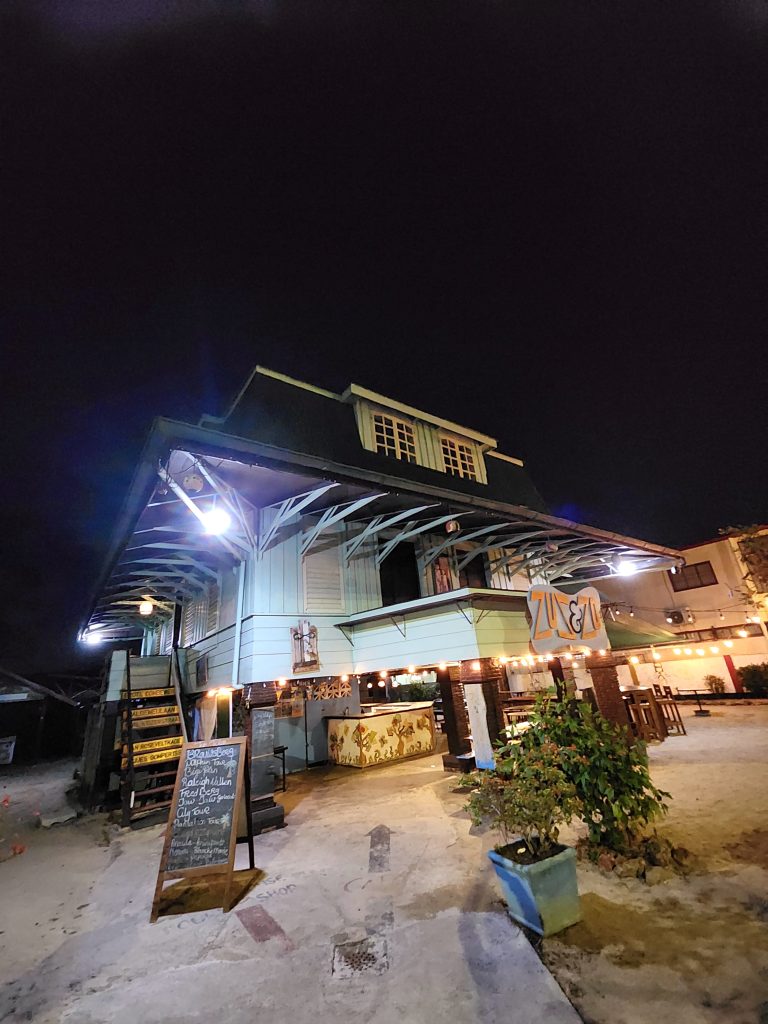
Visa Requirements:
Australians: Australian citizens require a visa to enter Suriname. I applied through the official website and received it within a week. They emailed back asking for my copy of my passport and after than it was approved and visa was on my email.
The reason why this is a 3 days itinerary for Paramaribo is because if you stay longer you need a different type of visa and I was also short in time. So this was perfect stay for me and maybe one day I will return to explore further/deeper. It is recommended to check the most up-to-date visa requirements on the official Suriname government website or contact the Surinamese embassy or consulate in Australia.
Rest of the World: Travellers from other countries should also check the visa requirements for Suriname based on their nationality. This information can be found on the official Suriname government website or by contacting the nearest Surinamese embassy or consulate.
What language do locals speak in Paramaribo, Suriname?
Locals in Paramaribo, Suriname, speak Dutch more than English due to the country’s history of Dutch colonization. Suriname was colonized by the Dutch in the 17th century and remained a Dutch colony until it gained independence in 1975.
During the colonial period, Dutch was the official language of administration, education, and commerce. As a result, Dutch became the dominant language in Suriname, spoken by the majority of the population. You’ll notice its lasting impact when you see signs and promotions still in Dutch around town, leaving a strong mark to this day.
While English is also widely spoken in Suriname, especially in urban areas like Paramaribo, Dutch remains the primary language of government, education, and the media. Additionally, Suriname is a member of the Dutch Language Union, which promotes the use of Dutch in Suriname and other Dutch-speaking countries and regions.
When is the best time to visit Suriname?
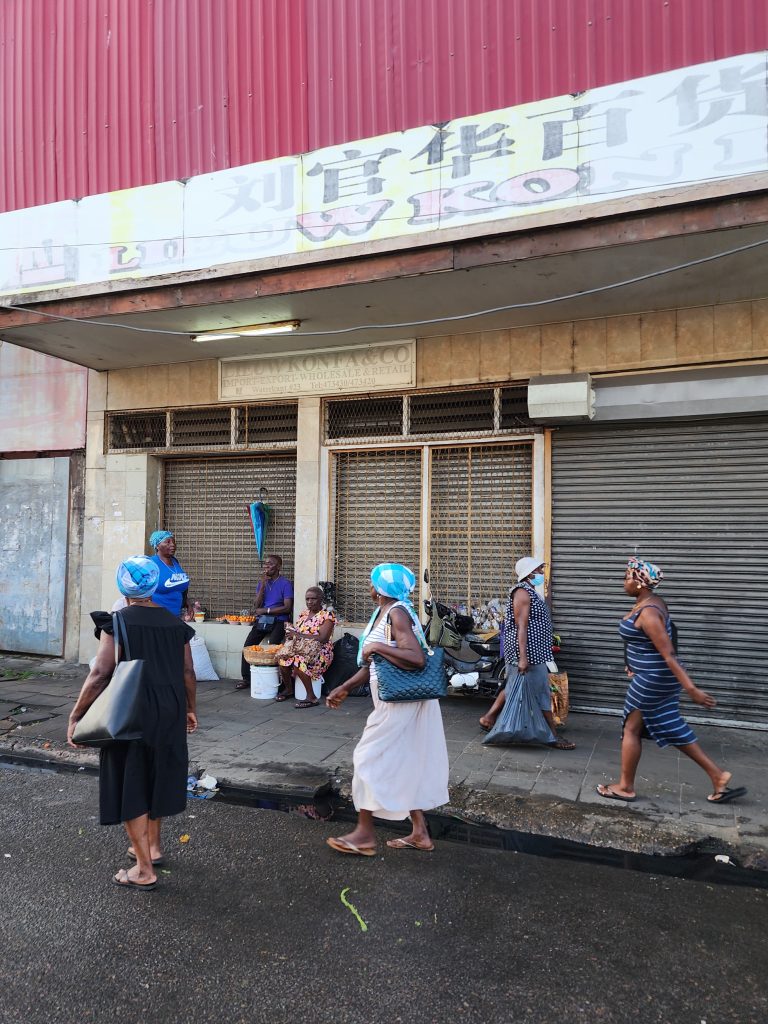
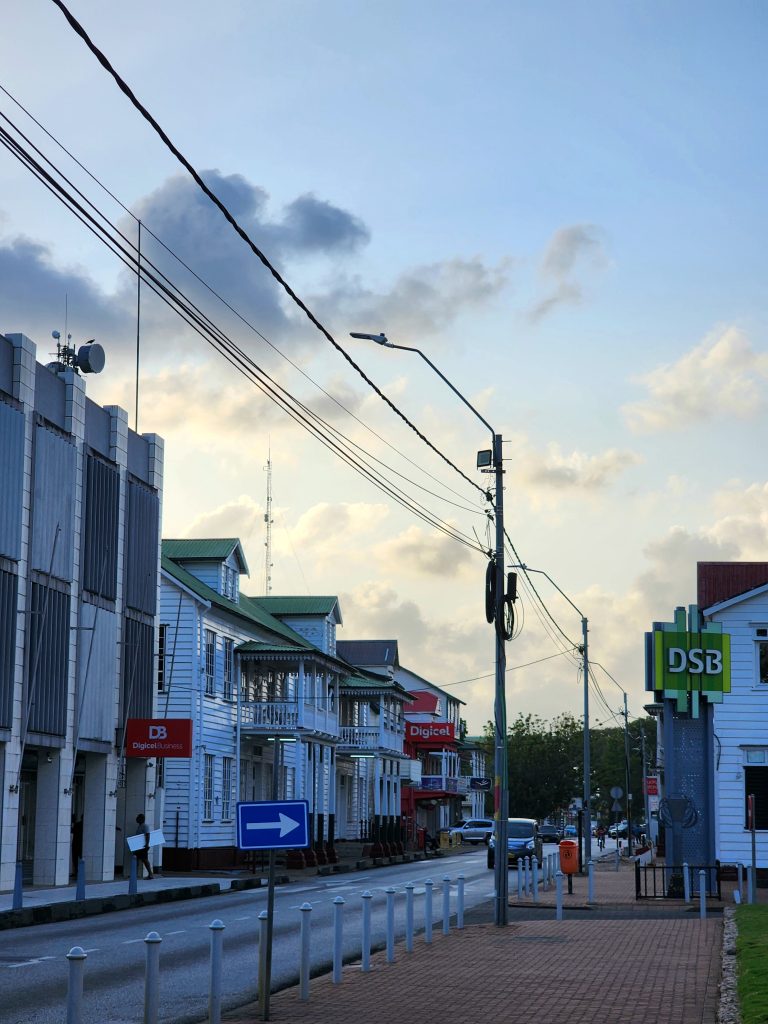
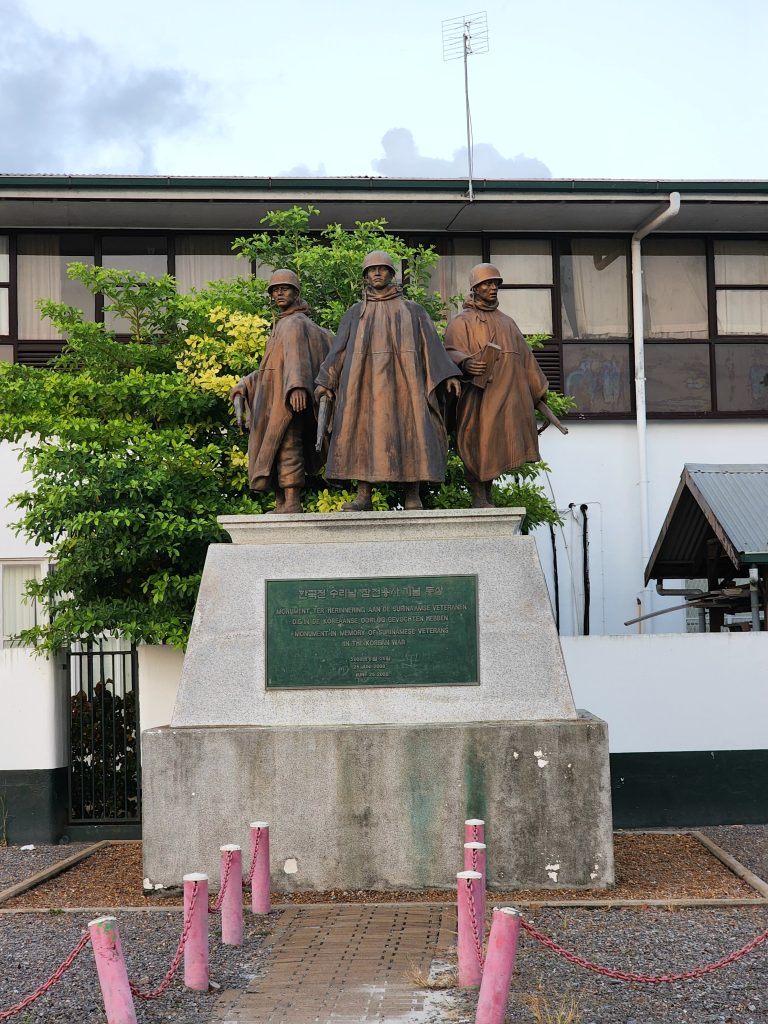
The best time to visit Paramaribo and Suriname is during the drier months of February to April and August to November, when the weather is more predictable and there is less rainfall. However, Suriname has a tropical rainforest climate, so rain can occur at any time of year.
Budget Planning for Paramaribo?
Accommodation: Hostels and budget guesthouses in Paramaribo can range from $20 to $50 per night.
Meals: Budget around $5 to $15 per meal at local restaurants.
Transportation: Public buses and taxis are affordable, with fares typically less than $1 for short trips.
Activities: Entrance fees to attractions and tours vary but budgeting $20 to $50 per day for activities is reasonable.
Overall, a budget of $50 to $100 per day should be sufficient for backpacking in Paramaribo, excluding international travel costs.
Packing Essentials
Lightweight clothing suitable for a tropical climate.
Comfortable walking shoes or hiking boots for exploring.
Insect repellent to protect against mosquitoes and other insects.
Sunscreen and a hat to protect against the strong tropical sun.
A reusable water bottle to stay hydrated.
Basic toiletries and medications.
A backpack or daypack for day trips.
A travel adapter for Suriname’s electrical outlets (220V, 60Hz, Type C and F plugs).
How to get to Suriname?
Flights to Suriname: Paramaribo is served by Johan Adolf Pengel International Airport (PBM), located about 45 kilometers south of the city. Several airlines offer flights to Suriname, including Surinam Airways, KLM, and Caribbean Airlines. It’s recommended to book flights in advance, especially during peak travel seasons.
Entry Points (Airport, Land Borders): The main entry point for travelers to Suriname is Johan Adolf Pengel International Airport. Visitors can also enter Suriname overland from neighboring countries, such as Guyana, French Guiana, and Brazil. Travelers should check visa requirements and border crossing regulations for each entry point.
Transportation Within the Country: In Paramaribo, transportation options include taxis, minibusses (known as “buses”), and rental cars. Taxis are a convenient way to get around the city, while minibusses are a more budget-friendly option for longer journeys. Rental cars are also available but may be more expensive.
Where to stay in Paramaribo, Suriname?

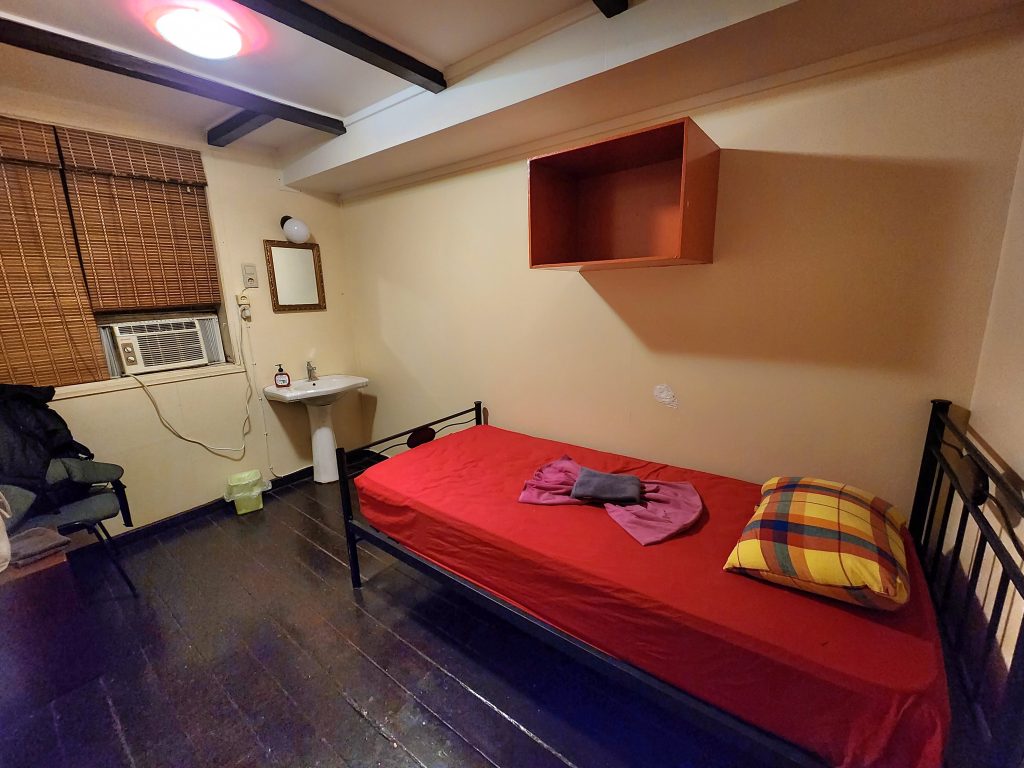

For accommodation, I recommend using booking.com and sorting with price, then consider the ones with highest reviews plus within 1km of center/old town. Below I have researched and linked the best ones with this filter (at the time of writing)
For tours, I recommend using get your guide and walking tours available in most places
Paramaribo offers a range of accommodation options to suit every budget. Backpackers can find budget hostels such as Zus & Zo Guesthouse or Twenty4 Hostel both in the city center, while those looking for more comfort can opt for mid-range or luxury hotels such as Royal Torarica, Torarica Resort or Courtyard by Marriott Paramaribo. It’s advisable to book accommodation in advance, especially during peak travel seasons.
Food and drinks to try in Paramaribo
Local Cuisine in Paramaribo is a melting pot of various cuisines, I liked the Indonesian flavour though reminded me of Bali!
Pom: A traditional Surinamese dish made with baked or boiled cassava, mixed with chicken or salted meat, and flavored with pomtayer (a type of tuber) and spices.
Roti: Influenced by Indian cuisine, roti in Suriname consists of a flatbread served with a spiced curry, often containing chicken, potatoes, and vegetables.
Saoto Soup: A Javanese-influenced soup made with chicken broth, meat, vegetables, and often served with rice and boiled eggs.
Parbo Beer: Suriname’s most popular beer, known for its refreshing taste and smooth finish.
Fernandes: A local soft drink brand offering a variety of flavors, including cream soda and pineapple.

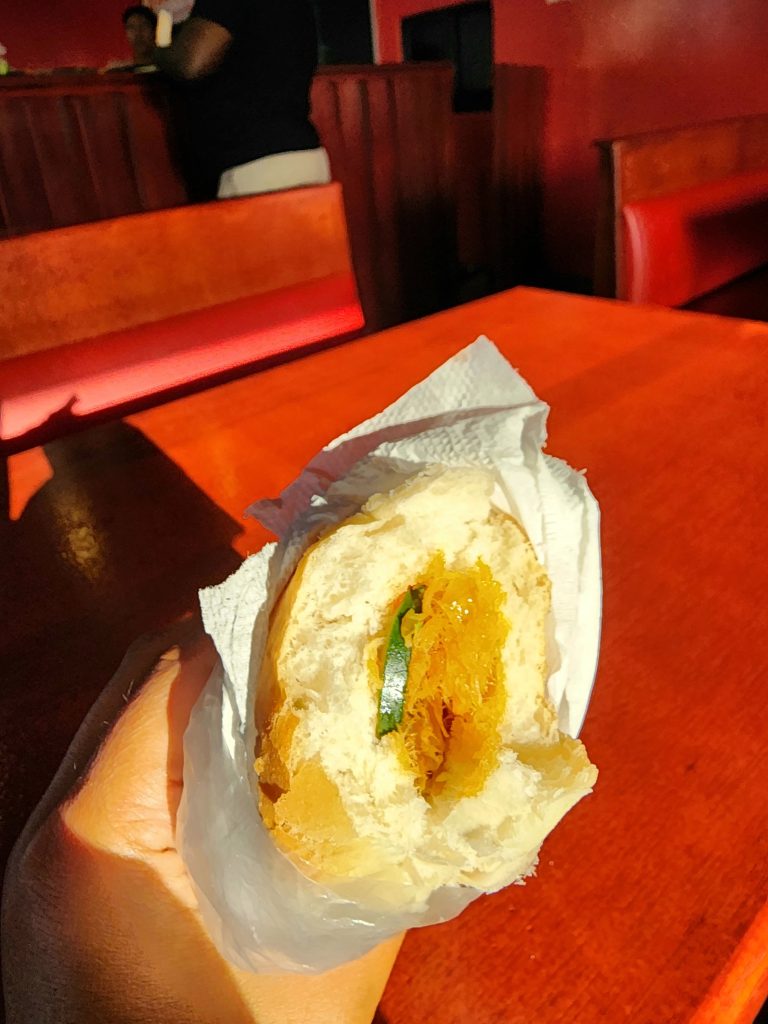


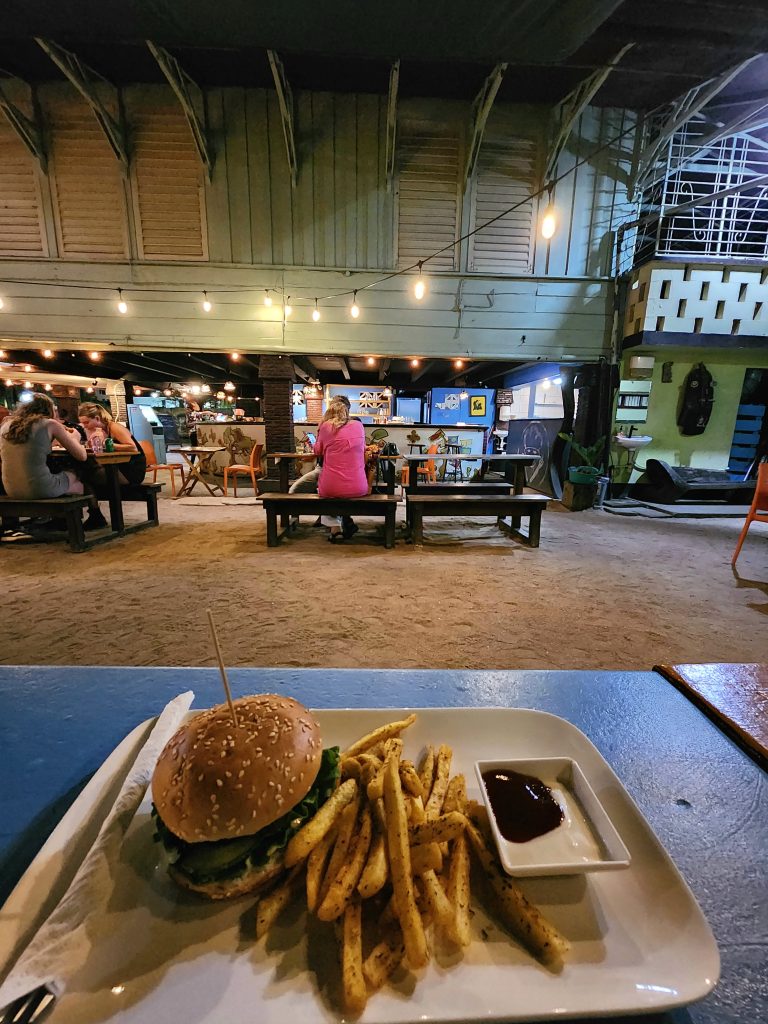
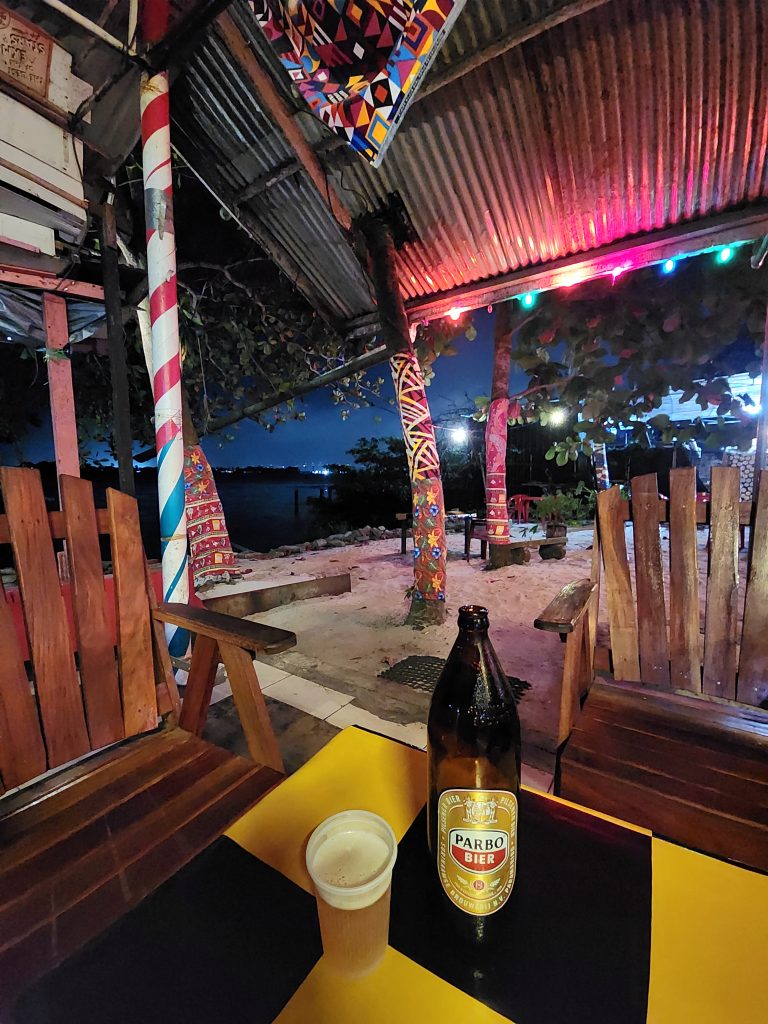
Budget-Friendly Dining Options
- Warungs: Small, local eateries offering affordable Surinamese and Javanese dishes.
- Chinese Restaurants: Suriname has a large Chinese community, and their restaurants often offer budget-friendly meals with generous portions.
- Street Food Stalls: Look out for street food stalls selling snacks like bara (fried dough) or roti rolls, which are both tasty and easy on the wallet.
Transportation
Public Buses
- Public buses are a common mode of transportation in Paramaribo, offering affordable fares and regular routes around the city.
- Buses can be crowded and may not always adhere to strict schedules, so it’s advisable to plan your journey in advance.
Taxis
- Taxis are readily available in Paramaribo and are a convenient way to get around, especially at night or for shorter distances.
- It’s recommended to negotiate the fare with the driver before starting your journey, as taxis in Paramaribo may not always use meters.
River Transportation
- Suriname River is a major waterway in Suriname, and river transportation is a popular way to travel between Paramaribo and other parts of the country.
- Boat tours and river cruises are also available for tourists looking to explore the scenic Suriname River and its surroundings.
General Safety Advice
- Stay Aware of Your Surroundings: Always be mindful of your surroundings, especially in crowded or unfamiliar areas.
- Use Reliable Transportation: Use licensed taxis or reputable transportation services, especially at night.
- Keep Valuables Secure: Keep your belongings secure and avoid displaying expensive items in public.
- Stay Hydrated: Suriname’s tropical climate can be hot and humid, so stay hydrated, especially when exploring outdoors.
- Respect Local Customs: Be respectful of local customs, traditions, and laws to avoid any misunderstandings.
- Stay Informed: Stay updated on local news and developments, especially regarding safety and security issues.
- Health Precautions: Prior to your travels, take necessary health precautions, such as vaccinations and insect repellent, to protect against diseases like malaria and dengue fever.
Cultural Insights
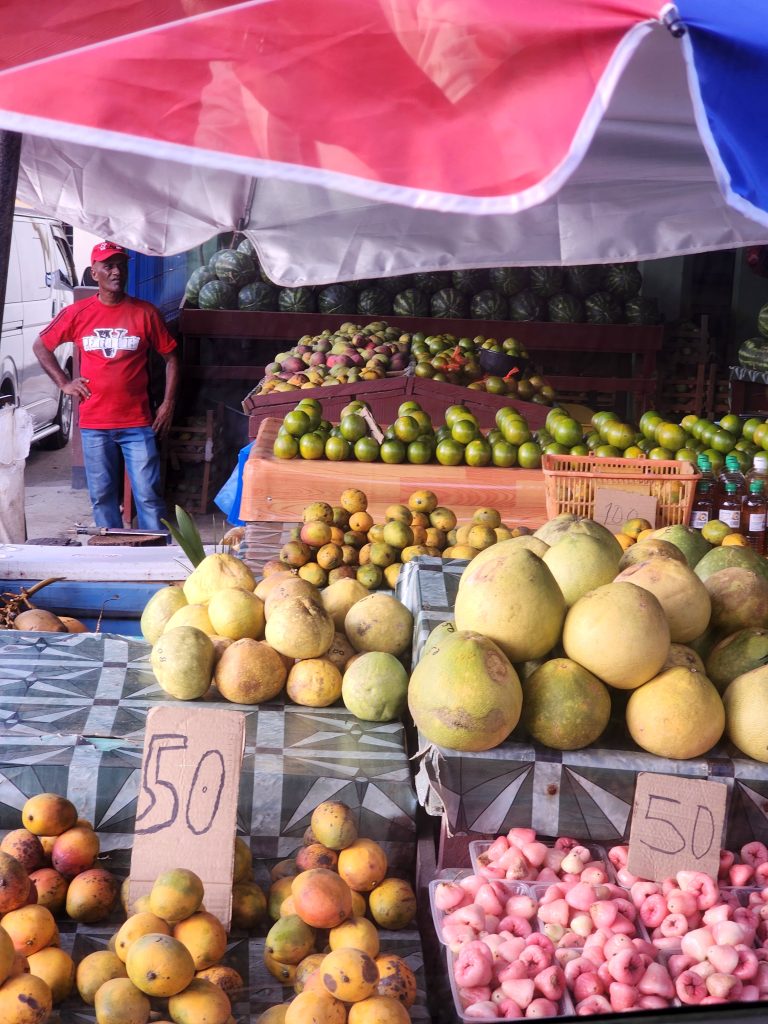
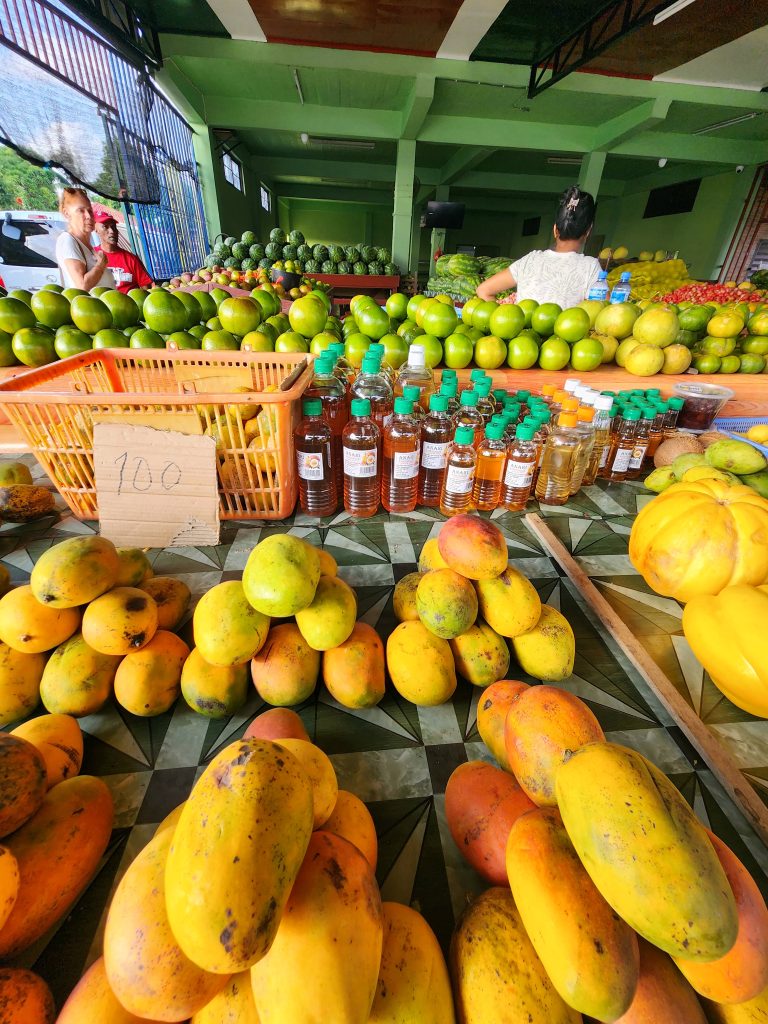
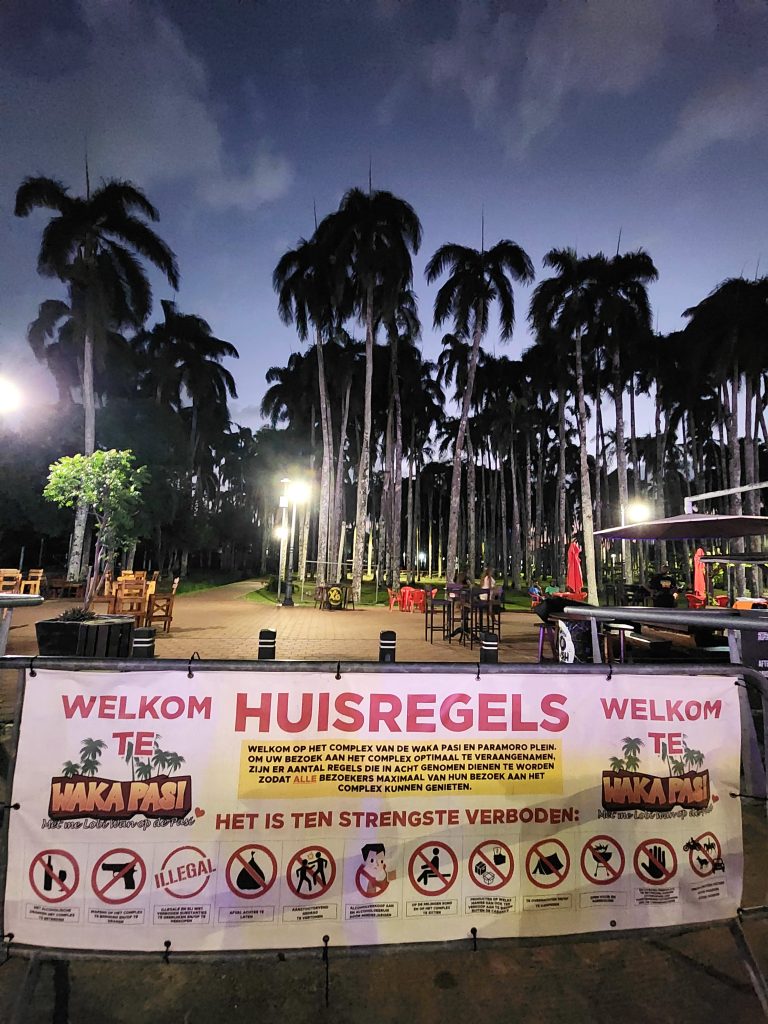
History of Suriname
- Suriname’s history is marked by its colonization, beginning with the arrival of the Dutch in the 17th century. The Dutch established plantations and brought enslaved Africans to work in the sugarcane fields.
- After the abolition of slavery in 1863, indentured laborers from India, Indonesia, China, and other parts of the world were brought to Suriname to work on the plantations.
- Suriname gained independence from the Netherlands in 1975 and has since developed a diverse cultural identity, influenced by its indigenous, African, Indian, Javanese, Chinese, and Dutch heritage.
Indigenous Cultures
- Suriname is home to several indigenous groups, including the Arawak, Carib, and Warao peoples, each with their own distinct languages, customs, and traditions.
- These indigenous cultures have deep roots in Suriname’s history and continue to play a significant role in the country’s cultural landscape.
Colonial Heritage
- Suriname’s colonial heritage is evident in its architecture, cuisine, and language, with Dutch being the official language and a legacy of Dutch colonization.
- Paramaribo’s historic inner city is a UNESCO World Heritage Site, known for its well-preserved Dutch colonial architecture, including wooden buildings dating back to the 17th and 18th centuries.
- The colonial era also saw the establishment of plantations and the importation of enslaved Africans, whose descendants have contributed significantly to Suriname’s cultural and ethnic diversity.
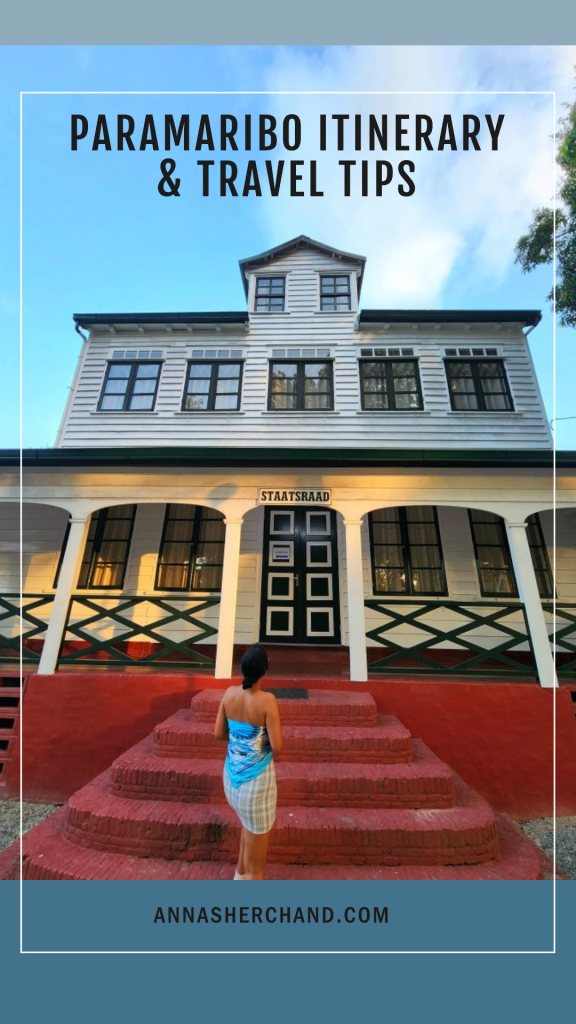
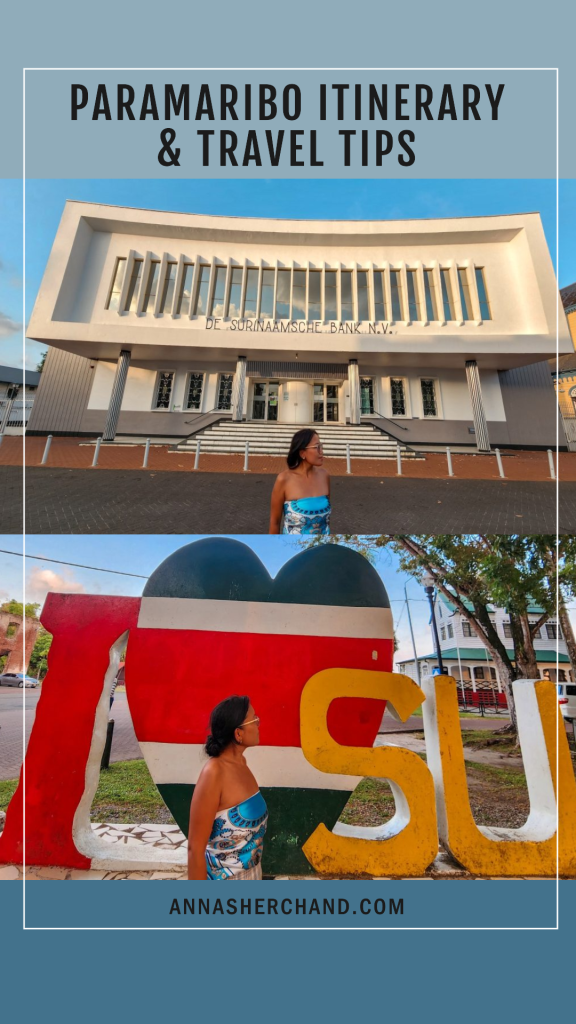
central america bigi pan commewijne river jaw jaw hoop airport
Let me know in the comments:
If you have any questions about this Paramaribo itinerary & travel tips
Trinidad and Tobago Itinerary and Travel Tips
Backpacking 1 month in Central America itinerary
Solo female travel to Georgetown Guyana
Venezuela itinerary and travel tips
5 days in Uruguay itinerary
1 week in Seoul
7 days in Mongolia travel itinerary
Backpacking Paraguay itinerary and travel tips
Solo trip to Peru One month itinerary
Solo female travel Colombia
7 days backpacking in Ecuador itinerary
5 days in Oaxaca itinerary
2 days in Mexico City itinerary
7 Days Itinerary in Georgia
4 Days in Azerbaijan Itinerary
Best places to visit from Split
2 days in Split, Croatia
Solo traveling to Mostar
Solo female travel to Kotor
Solo female travel to Budva
Solo female travel Albania
Warsaw by Train covers warsaw travel tips
Check out One day in Luxembourg, western Europe
Day trip from Zurich to Liechtenstein
Travel tips to South America
Fiji solo travel guide
Australia east coast must-see
Backpacking in Melbourne, Australia
Digital nomad guide to Melbourne
14 best area to stay in Melbourne CBD
Master Sydney travel guide
Solo travel guide to Brisbane
Exploring Adelaide the best way is a must-read
Important travel tips for Uluru trip
Melbourne day trips in winter
Day Hikes in Melbourne
Weekend getaway? Check out things to do in Ballarat
Perth solo itinerary
Top 5 must do in Darwin, Australia
How to go from Dublin to Howth
Solo female travel Romania
Read a recent day trip to Zaanse Schans from Amsterdam
How about a solo itinerary to Canberra– Australia’s capital city?
Solo trip to Peru, travel tips to South America
Check out the 7 days Hanoi travel guide.
Book accommodation through trusted Booking.com
I have detailed travel resources right here. Save money, learn what and how.
If you like this article, follow my adventures on Instagram, Facebook, YouTube, Twitter, and Pinterest, or read about me travel blogger from Australia but most importantly sign up to my e-mail list to keep up with updates and travel posts!



